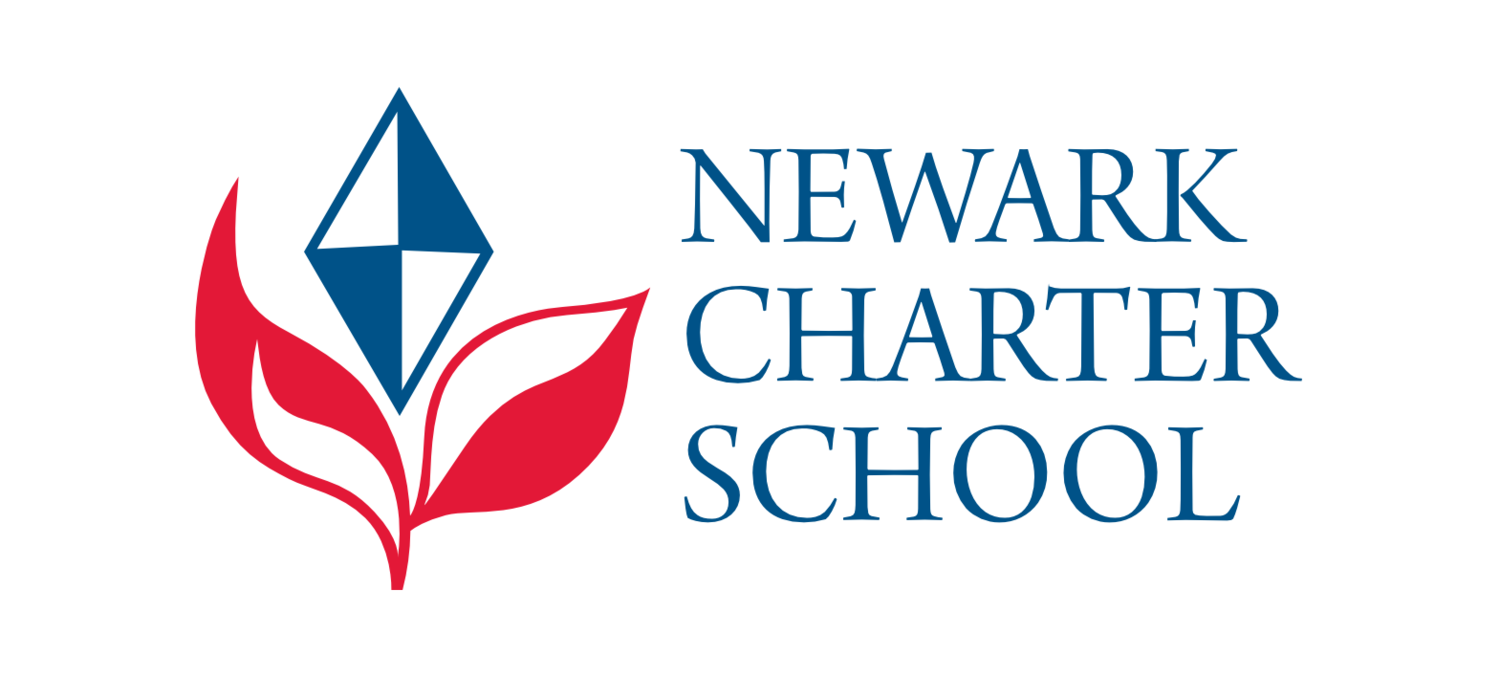K - 8 Curriculum
Overview
The school’s Core Knowledge curriculum framework identifies specific content to be studied in each grade. Core Knowledge presents a body of lasting knowledge that should form the core of a preschool to eighth grade curriculum. Such solid knowledge includes, for example, the basic principles of constitutional government, important events of world history, essential elements of mathematics and of oral and written expression, widely acknowledged masterpieces of art and music, and stories and poems passed down from generation to generation.
The content-rich curriculum is carefully sequenced because knowledge builds on knowledge. Children acquire new knowledge by building on what they already know. The Core Knowledge Sequence provides a coherent outline of content to be learned grade by grade. This sequential building of knowledge not only helps ensure that children enter each new grade ready to learn, but also helps prevent the many repetitions and gaps that characterize much current schooling.
Because of its specificity, the Core Knowledge Sequence is a practical complement to the Common Core and Delaware State Standards. Typical standards tend to be generic and skill-oriented (e.g., “Students will demonstrate knowledge of people, events, ideas, and movements that contributed to the development of the United States.”) But which people and events? What ideas and movements? Core Knowledge specifies important knowledge in language arts, history and geography, math, science, and the fine arts.
Literacy depends on shared knowledge. One goal of Core Knowledge is to provide all children, regardless of background, with the shared knowledge they need to be included in our national literate culture. Studies show that Core Knowledge narrows the achievement gap between advantaged and disadvantaged students.
An important feature of Core Knowledge is the interdisciplinary nature of the curriculum, which helps children see the interrelationships between subjects. In fifth grade classes, for example, social studies and literature are topically linked. Students study the Renaissance. They will read a literary classic such as Shakespeare’s A Midsummer Night’s Dream. At the same time, they will study the great music and art of the Renaissance period in their fifth grade music and art classes. The culmination of this experience is the annual celebration of the Renaissance Banquet.
Newark Charter School believes students should be well-rounded. What students learn in their “specials” enhances learning in their “core” subjects. Therefore, students take art and music classes from Kindergarten through eighth grade. Spanish classes begin in the Intermediate School. Technology classes are taught in all grade levels. Primary school students have library once a week. Intermediate School students have classes on Information Research. Physical activity promotes healthy bodies and sharp minds. All students participate in daily recess as well as physical education classes throughout the week. Junior High School students explore the world of personal finance and business.
Students in grades four to eight are grouped in core subjects according to academic background and past achievement. This allows students to be placed in classes that will stimulate and challenge.
Core Knowledge Curriculum
Newark Charter School is proud to be an official Core Knowledge School. The rich Core Knowledge Sequence is a comprehensive Kindergarten through 8th grade course of study in Mathematics, Science, History and Geography, Language Arts, Music and Visual Arts.?
The Core Knowledge curriculum framework identifies specific content to be studied and is a logical complement to the State Content Standards.
Core Knowledge presents a body of lasting knowledge that should form the core of a Preschool-Grade 8 curriculum. Such solid knowledge includes, for example, the basic principles of constitutional government, important events of world history, essential elements of mathematics and of oral and written expression, widely acknowledged masterpieces of art and music, and stories and poems passed down from generation to generation.
For more information on the Core Knowledge Sequence please visit the Core Knowledge website.
